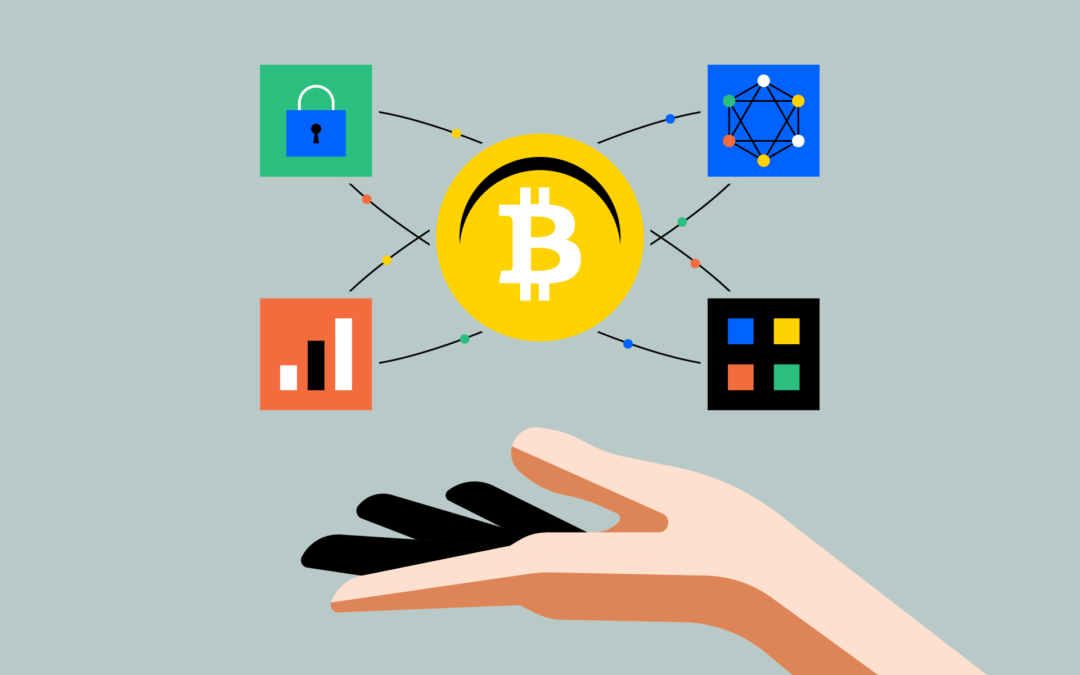Hey there, fellow crypto enthusiast! So, you’ve dipped your toes into the exciting world of cryptocurrencies, but now you’re faced with a perplexing question: which network should you use? Don’t worry; you’re not alone in this maze of options. With so many crypto networks out there, each offering unique features and functionalities, it can feel overwhelming to make the right choice. But fear not! I’m here to guide you through this decision-making process, step by step.
Understand Your Goals
First things first, what do you want to achieve with your crypto transactions? Are you looking to trade actively, invest for the long term, or use crypto for everyday purchases? Understanding your goals will help narrow down your options.
Research
Now that you know what you’re aiming for, it’s time to delve into research mode. Explore different crypto networks like Bitcoin, Ethereum, Binance Smart Chain, Solana, and others. Each network has its own strengths and weaknesses, so make sure to compare factors like transaction speed, fees, security, decentralization, and community support.
Consider Security
Security should be a top priority when choosing a crypto network. Look for networks with a solid track record of security measures, such as robust encryption protocols and regular security audits. Additionally, consider the level of decentralization, as more decentralized networks are generally considered to be more secure.
Evaluate Scalability
Scalability refers to a network’s ability to handle a large number of transactions quickly and efficiently. If you anticipate a high volume of transactions or plan to use the network for applications like decentralized finance (DeFi) or non-fungible tokens (NFTs), scalability becomes crucial. Ethereum, for example, has been grappling with scalability issues, leading to high gas fees and slower transaction times.
Assess Community Support
The strength of a crypto network’s community can significantly impact its success and longevity. Look for networks with active and engaged communities that contribute to development, governance, and adoption initiatives. Community support can also provide valuable resources, such as tutorials, forums, and troubleshooting assistance.
Factor in Fees
Transaction fees vary widely across different crypto networks and can significantly impact your overall experience. Consider the average transaction fees and whether they align with your budget and transaction volume. Keep in mind that fees may fluctuate based on network congestion and demand.
Seek User-Friendly Interfaces
User experience matters, especially if you’re new to the world of cryptocurrencies. Choose networks with intuitive and user-friendly interfaces that make it easy to navigate and execute transactions. Mobile compatibility and multi-platform support can also enhance accessibility.
Stay Updated
The crypto landscape is constantly evolving, with new networks and technologies emerging regularly. Stay informed about the latest developments, upgrades, and innovations in the crypto space to ensure that your chosen network remains relevant and competitive.
Conclusion
selecting the right crypto network requires careful consideration of your goals, security, scalability, community support, fees, user experience, and staying informed about industry trends. By following these steps and conducting thorough research, you can confidently choose a crypto network that aligns with your needs and preferences. Happy crypto exploring!

